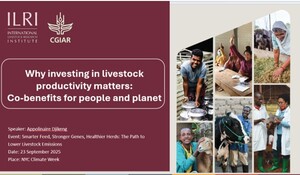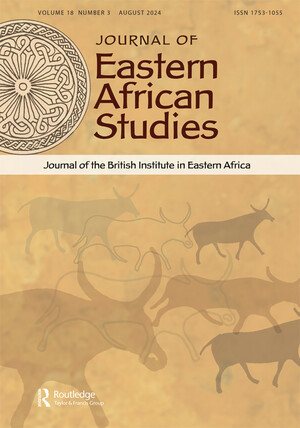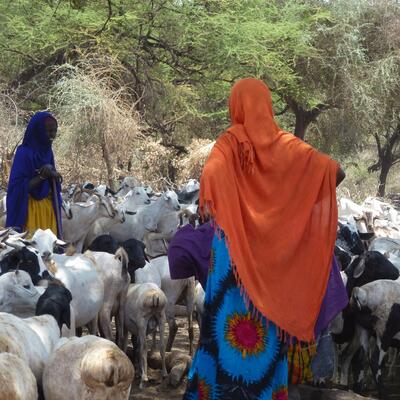
Harnessing digital innovations for gender and social inclusion in Kenya and Rwanda
The growth of digital technology and digital tools in agriculture in the past decade has been phenomenal. This technology growth is playing an increasingly important role in agricultural research for development. However, such technologies and tools often classify small farm holders as similar entities. In addition, in low and middle-income countries, core agriculture actors, such as women and minority communities are often excluded from digital agricultural solutions.
To better understand gender-related digital inclusion within the digital ecosystems of Kenya and Rwanda, the CGIAR Digital Initiative recently conducted one-day per country consultations with key players in the digital ecosystem stakeholders. The consultations included a systematic assessment of the needs of the actors engaged in the digital ecosystem so that the initiative can support them to work toward bridging the gender digital divide.
Participants in the workshops included representatives of government ministries in charge of or participating in digital innovations for agri-food systems, the media from Kenya, civil societies based in Rwanda, private digital providers and non-governmental organizations.
The workshop served not only as a forum where key stakeholders in enhancing gender and social inclusion in digital innovation were identified in each country, but it also enriched discussions on social exclusion. This focused on who is systematically excluded by delving into power dynamics between various social groups - women, youths and men, rural/urban folks; addressing the needs driving the innovations, specific policies that support the innovation, as well as who stands a better chance to access and benefit from the innovations and why.
Given the scope for digital technologies to help transform food, land, and water systems, there is a growing imperative to develop strategies that close the digital divide and provide equal opportunities to all. Some of the common limitations leading to the digital gender divide include mobility and cost, structure, design and accessibility of digital technologies.
In response to this, efforts to understand the existing gender and inclusion barriers is important in building a strong foundation to develop contextually relevant interventions and digital solutions. This will also greatly help in addressing the digital gender divide and roles of contextual social and gender norms and barriers that often widen the gap.
This work is currently is ongoing and more will be shared in due course.


















